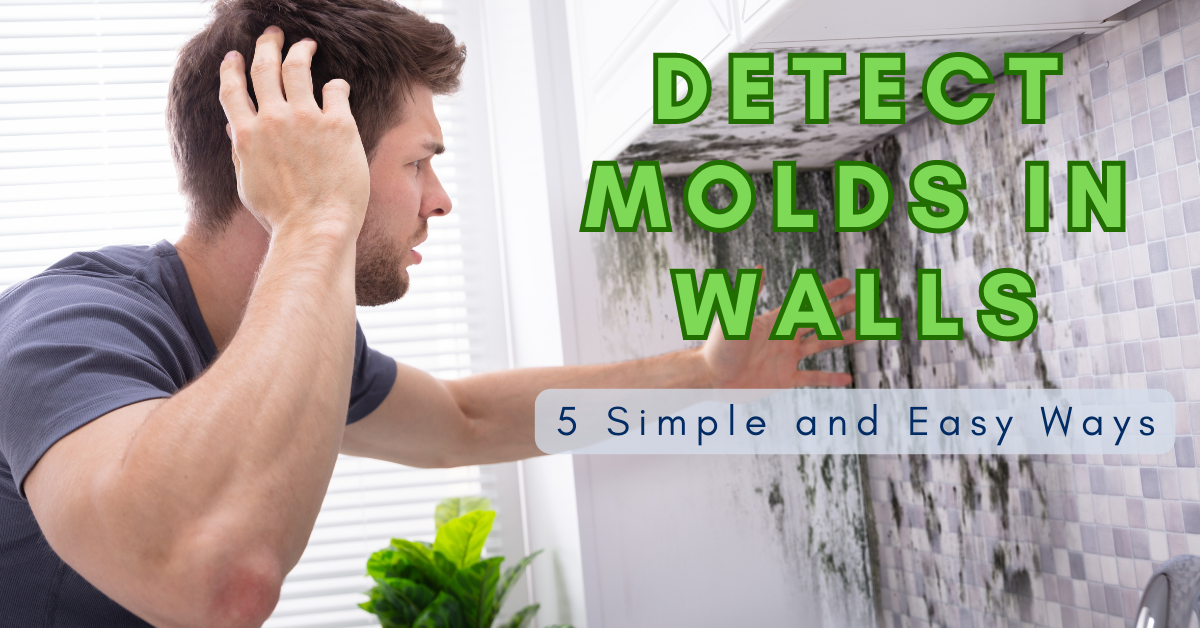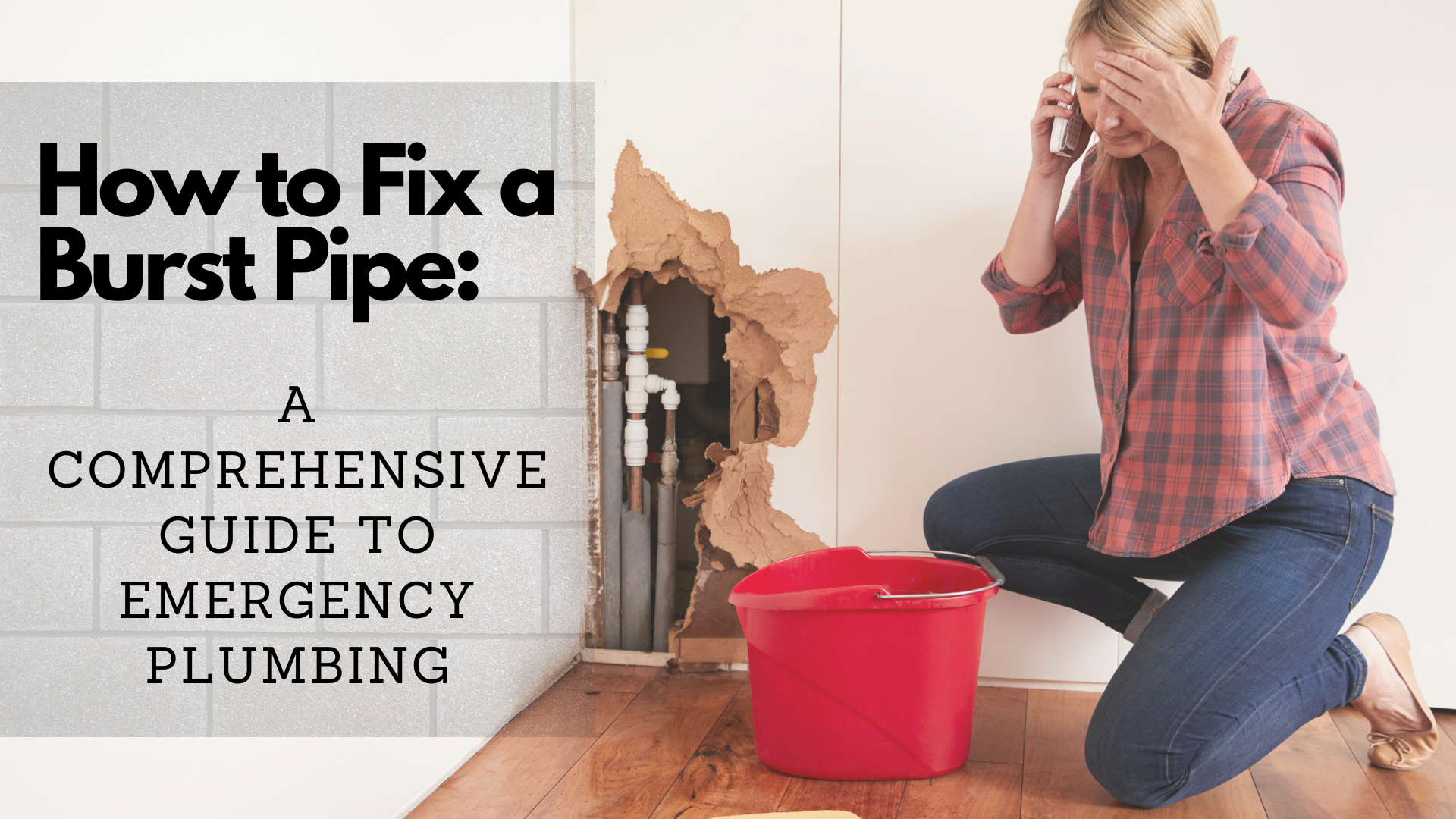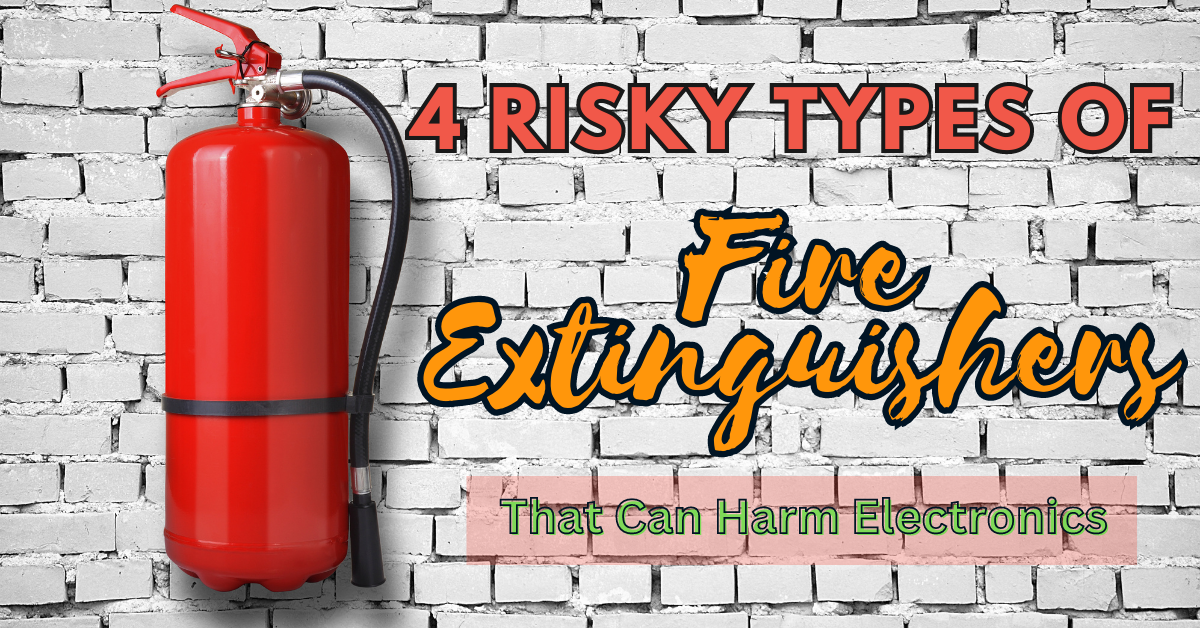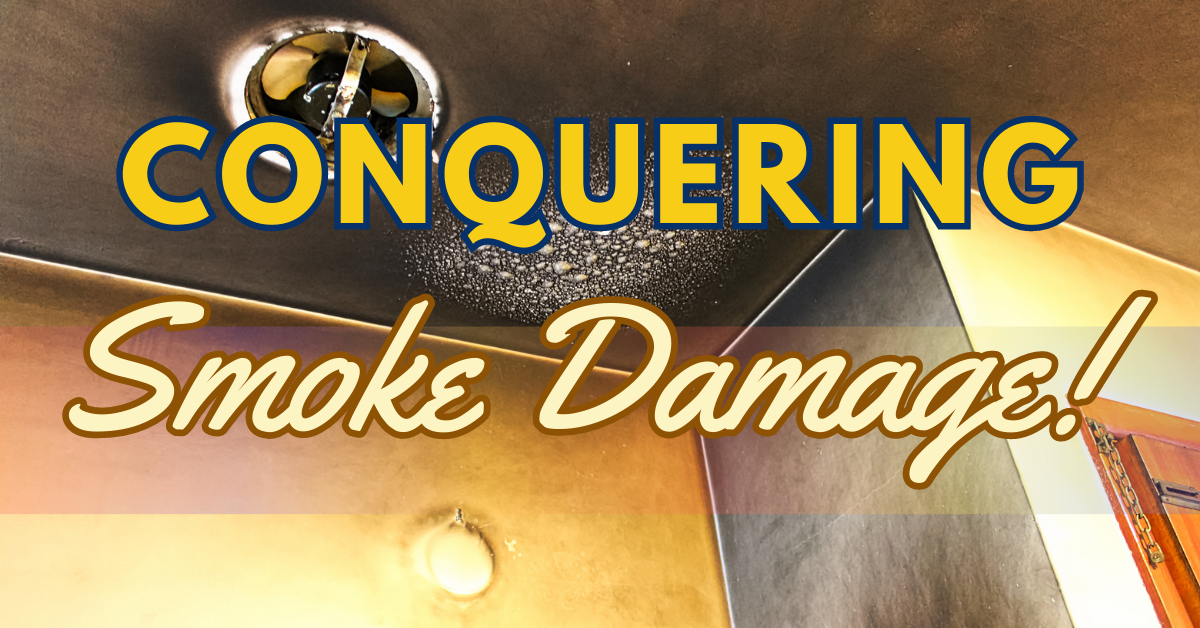 To detect molds in walls is a significant concern for many homeowners, as mold growth can be detrimental to both the property and the health of the occupants. Mold tends to thrive in areas with high humidity and moisture levels, such as walls. Even if moisture is trapped behind walls or drywall, it can still create an environment suitable for mold growth. Shockingly, statistics indicate that up to 70% of mold growth can remain hidden behind walls.
To detect molds in walls is a significant concern for many homeowners, as mold growth can be detrimental to both the property and the health of the occupants. Mold tends to thrive in areas with high humidity and moisture levels, such as walls. Even if moisture is trapped behind walls or drywall, it can still create an environment suitable for mold growth. Shockingly, statistics indicate that up to 70% of mold growth can remain hidden behind walls.
Health Hazards Caused by Mold
Mold in your home can pose health problems which is why it is important for you to early detect molds in walls. When this happens, start questioning yourself. Do your symptoms get better if you go outside or worsen if you stay inside? Nevertheless, here are some symptoms of mold allergies.
- Coughing
- Stuffy nose
- Sneezing
- Red or Itchy eyes
- Wheezing
- Irritated or itchy skin
- Sore throat
- Headache
Toxic mold like Stachybotrys or black mold may cause severe illnesses, like asthma. However, some people may be more sensitive to mold spores, so they are more likely to develop respiratory illnesses and even internal organ failure or cancer.
Furthermore, mold damage can affect the building materials of your property and significantly ruin your entire home as it spreads. Thus, it is important to know the ways on how to detect molds in walls.
How to Detect Molds in Walls
1. Stain or discoloration
One of the easiest ways to detect molds in walls is to look for water stains. Water stains are yellow or brown. Moreover, another sign when you detect molds in your walls is discoloration. Even if you repainted the walls, and the discoloration still occurs, it indicates that mold growth is still present inside your walls.
Some molds might appear in different appearances. It may show up in gray-brown, black, gray-green, or white.
2. Mold Odor
Mold odor can be an indicator that mold is present inside your home. Even if there are no visible signs of mildew, if there is persistent mold odor, it means that there is mold growth hidden inside your walls. This is one of the most common ways on how you can detect molds in walls.
3. Surface Changes or Wall peeling
Aside from discoloration, one of the indicators that can help you detect molds in walls is if the wall paint is starting to peel or some surface changes. Walls can crack, peel, or warp which indicates moisture and mold growth. Additionally, walls that have begun to bubble, bulge, or even bow indicate a water issue inside the walls that leads to mold growth.
4. Water leaks
Any water leaks can lead to possible mold growth. However, not all mold growth from water leaks is noticeable especially, if it’s located inside the walls or on a hidden surface. If you already know that there is a leak, especially in areas like the ceiling, it is better to fix it quickly to prevent mold growth. And, since condensation forms in these regions, windows and metal pipes can be a refuge for mold.
5. Past water damage issue
It’s a mere fact that water damage leads to possible mold growth. If you experienced a past house flood, and your walls are one of the victims. There is a possibility that the moisture remains inside the walls and starts to develop mold and mildew.
How to Get Mold Out of the Walls
After you identify the mold in your walls, here are some tips on how to get rid of mold.
If mold is present in concrete walls, try these tips;
- Act fast and dry your walls within 24 to 48 hours, especially after floods or leaks.
- Use a wet vacuum to clean any dirt from the walls.
- Wear protective gear like gloves, masks, and goggles before dealing with mold.
- Clear the area by moving things like paintings and wallpapers.
- Mix one part bleach with three parts water in a spray bottle to make a cleaning solution.
- Scrub the moldy area with the bleach solution using a brush or sponge until the mold disappears.
- If mold is still visible, spray the solution on the walls and let it sit for a few minutes before scrubbing again.
- Dry the cleaned area thoroughly with a towel.
- Check the walls carefully to make sure you didn’t miss any hidden mold.
- If the mold is stubborn or widespread, it’s best to call professionals for help.
If mold is present in drywall or painted walls, try the following tips;
- Prepare the area and remove any items that are blocking the working environment.
- Wear protective gear like waterproof gloves, protective eyewear, and respiratory masks to avoid any mold exposure.
- Place plastic sheets below the affected walls to avoid dripping chemicals into the floor.
- Spray the bleach solution in the affected areas and let it soak for a few minutes.
- If you don’t want to use chemicals, consider a natural solution such as a water and vinegar solution or baking soda.
- To make a vinegar solution, mix one-part of white vinegar and three parts of water in a spray bottle.
- Spray the vinegar solution in the affected area or pour baking soda in the moldy area to get rid of mold and mold smell.
- To let the area dry completely, use a dehumidifier or open the windows and door for proper ventilation.
Professional Mold Remediation Services
Mold can be hazardous to both your home and your health. If you have mold growth or other mold problems in your home and don’t have time to clean it, particularly mold growth inside the walls, call for a professional mold remediation company like Superior Restoration. We have highly-trained technicians and high-quality equipment to help you completely eliminate mold from your walls. Call our local office, Water Damage Riverside, to know more about our mold remediation services.




